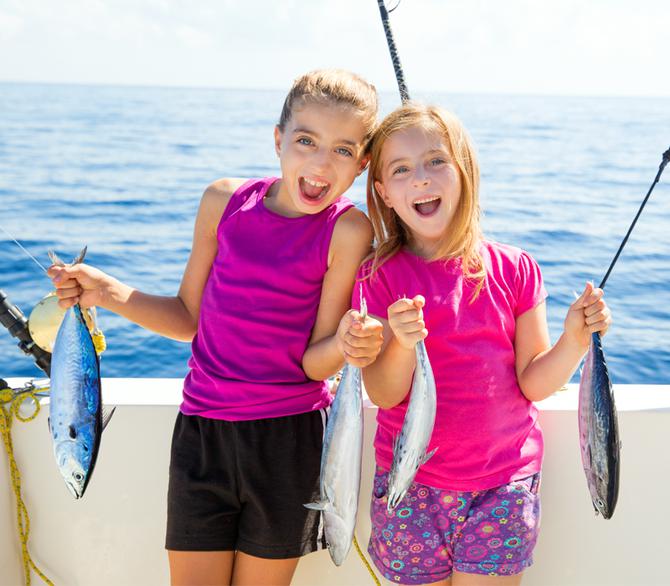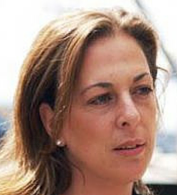Around Australia every day, thousands of people interact with marine life in many ways. What they notice—an unexpected animal sighting here, or a change in the number of fish in an area over the years—is a goldmine of information for understanding how our marine systems are responding to climate change.
In 2009, Professor Gretta Pecl of the Institute for Marine and Antarctic Studies at University of Tasmania launched a project to make use of this untapped resource.
REDMAP (the Range Extension Database and Mapping Project) invites fishers, divers, and anyone else interested and active around our waters to monitor the changing habits of wild oceanic species. After several years of running in Tasmania, REDMAP went national in 2012, with almost 900 citizen scientists submitting photographs and information between 2012-2014.
The sightings contribute to a database of species in 'hot water' as our oceans warm. Marine scientists from the University are among the 75 experts from 25 institutes nation-wide who verify the public sightings, using them to build a map highlighting regions and species experiencing significant changes.

"The public don't often have the chance to understand the science of climate change modelling, but people readily understand the idea that fish that prefer warmer waters might move farther south if the oceans are warming," Professor Pecl says.
"They're also more accepting of the science partly because they've been personally involved in it."
People can use a smartphone app to log a sighting from anywhere, harnessing the eyes of the crowd to cover the expanse of the Australian seascape.
In addition to learning from professional researchers, the citizen scientists involved also learn directly from, and about, their local environment—building their understanding of ocean warming and science along the way.
Today, REDMAP has a strong social media following, with more than 8,300 Facebook and 1,600 Twitter followers.
Supporters have included: the Tasmanian Community Fund; Department of Agriculture, Fisheries and Forestry; the Australian National Data Service; Inspiring Australia; Climate Connect; and the Tasmanian Climate Change Office.
Also:
- How do seeds know when to germinate? What determines when plants flower and set seed? In 2016 the University launched a free online course catering to green thumbs around the country. The Science of Gardening, which has a national enrolment of more than 1,000 people, encourages better understanding of plants and how to help them thrive.
- Weather-proof, portable 'Flip' guides are helping botanists, bushwalkers, and the general community to easily identify native Tassie fungi, eucalypts, and other tree species. Created by the University and the CRC for Forestry in 2007, they're now sold in national parks and used in Tasmanian schools.
Interested in conducting your own research? Apply now to become a research student.
Interested in partnering with the University of Tasmania? Find out more here.
